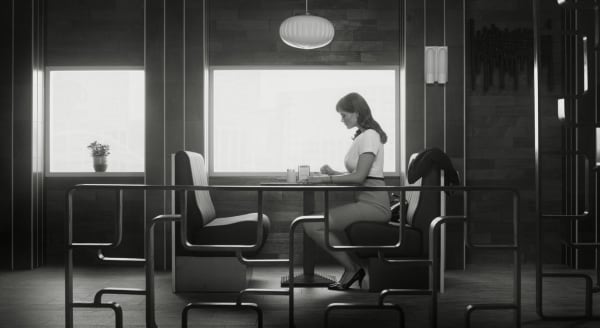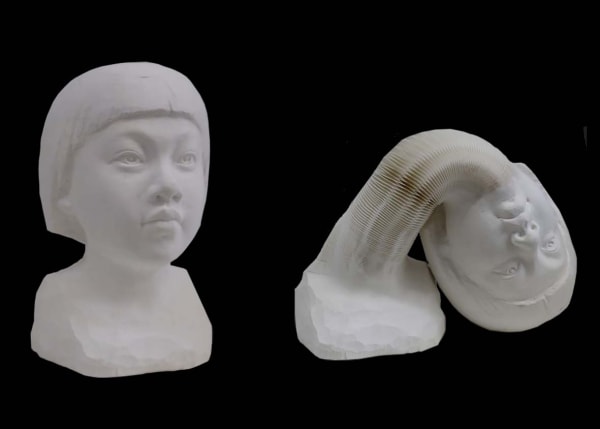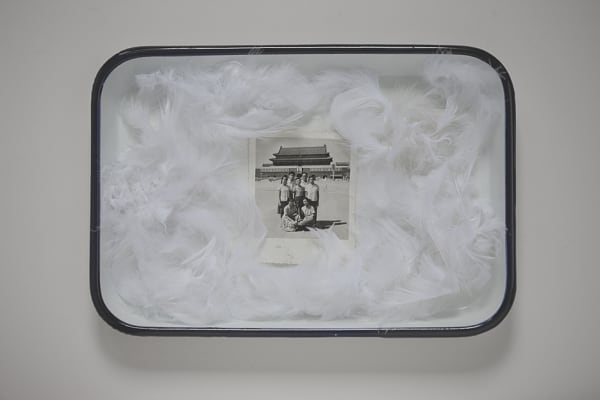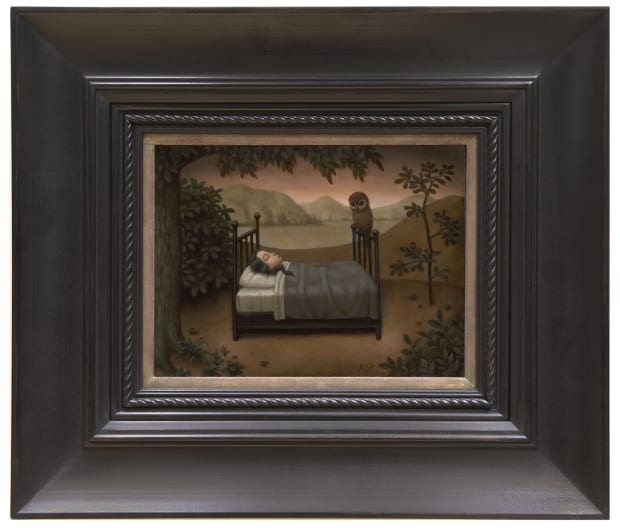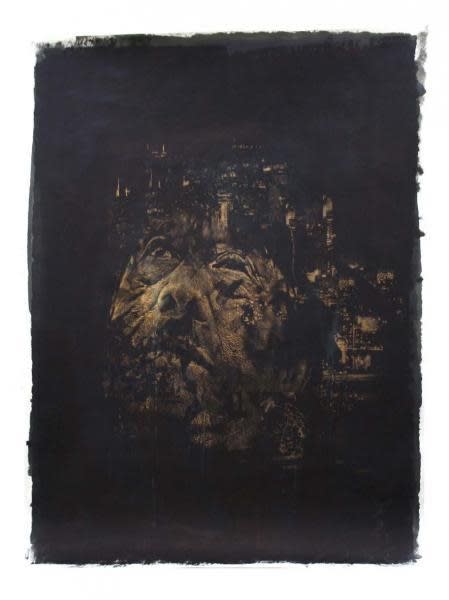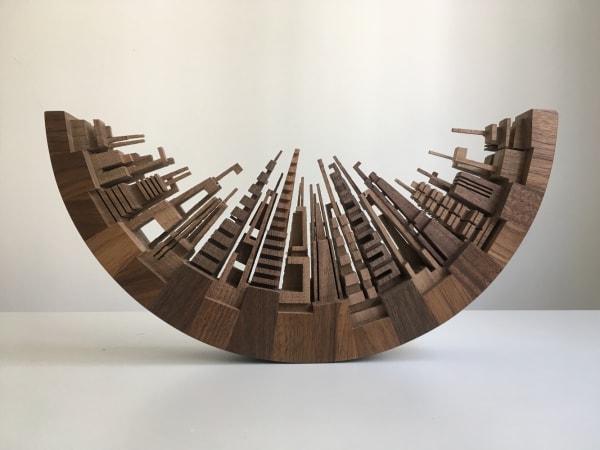-
-
Over the course of the past year, artists’ gaze, like that of many, has turned inwards; their field of view impacted by the lessened exposure to the outside world.
-
-
Works on view
-
-
“Each night, everyone descends through sleep into the Underworld, and converses there with spirits, in dreams. Modern egos do not value these conversations, and they are forgotten. But anyone who remembers their dreams consistently finds wonder in them.”
—Marion Peck
-
Works on view
-
“I enjoy working while the rest of the world is asleep. Life feels more calm and uninterrupted. Daytime hours are for machine work, and the evening is when spontaneity, experimentation, and creativity flourishes in my studio.”
—James McNabb
-
“We are definitely night owls. We brainstorm at night when we come back from the studio, sometimes it leads to a very long night exchanging ideas and developing them. Most of the ideas we come up with happen late at night.”
—Icy and Sot
-
With movement, Li Hongbo's paper statues become awake
Credits: Kid Guy Collective
Group Show - London





